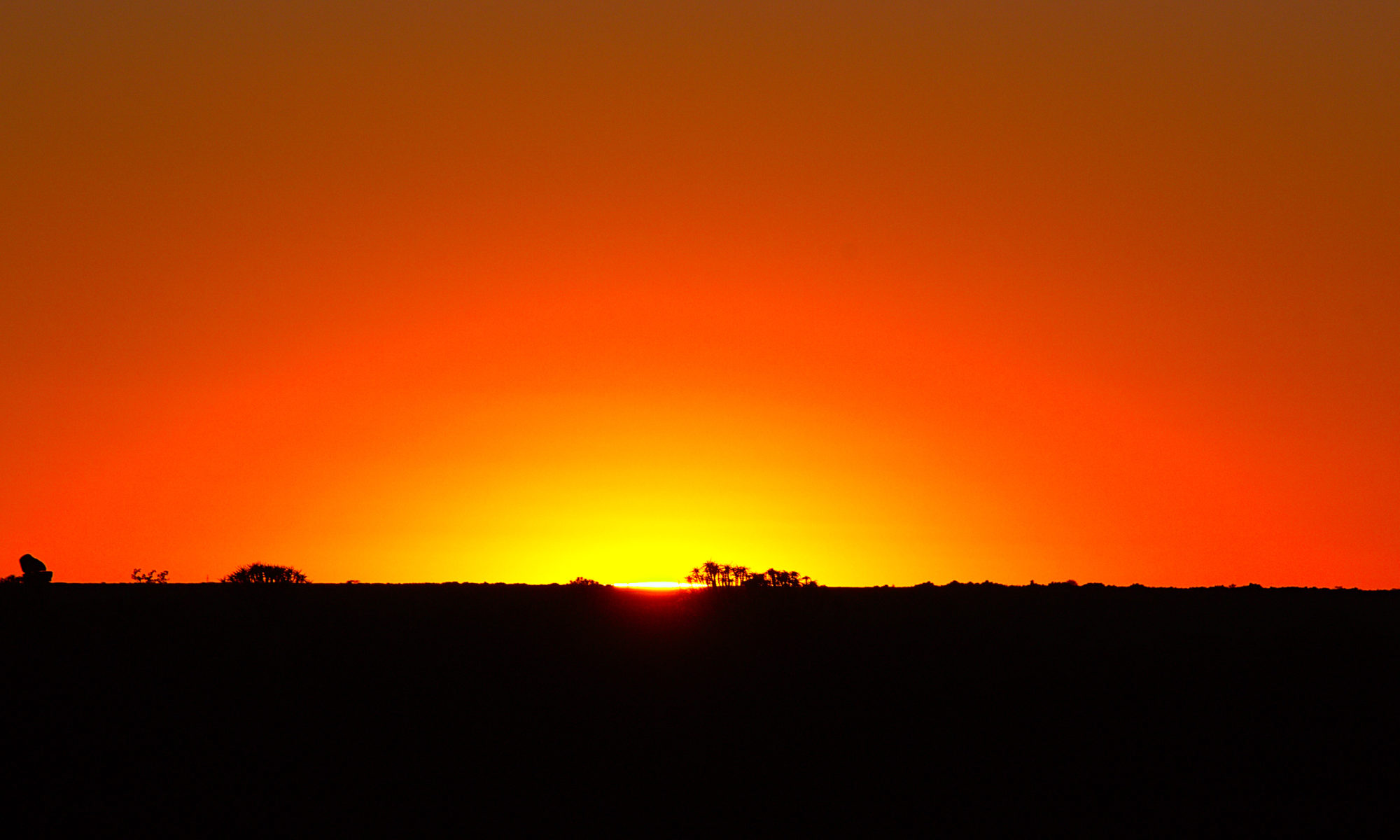Gladstone: Queensland’s Industrial Port with a Natural Heart
Perched on the central Queensland coast between Bundaberg and Rockhampton, Gladstone is a city of contrasts. Known as one of Australia’s most important industrial ports, Gladstone is also a gateway to untouched islands, barrier reef waters, national parks, and an evolving cultural scene.
This is a place where industry and nature coexist — where coal trains and cargo ships share space with turtles, mangroves, and coral reefs. And for travellers, that makes Gladstone a uniquely fascinating destination: a city with big infrastructure and an even bigger backyard.
From First Nations Country to a Port City
The Gladstone region lies on the traditional lands of the Gooreng Gooreng, Baiali, and Byellee peoples, who have lived in and around these coastal plains, rivers, and offshore islands for tens of thousands of years. The landscape — rich with shell middens, scarred trees, and sacred sites — speaks of an enduring connection to sea and land. Cultural tours and interpretive centres help visitors better understand this living heritage.
European settlement began in the mid-19th century, with Gladstone originally considered as a possible capital for Queensland. However, Brisbane retained that role, and Gladstone found its identity instead as a deepwater port — one that would later become a major hub for aluminium refining, LNG exports, and mineral shipping.
Yet, beyond its smokestacks and silos, Gladstone has preserved access to nature on a grand scale — from coral-fringed islands to rainforest-covered gorges.
What to See and Do in Gladstone
Explore the Harbour and Waterfront
Gladstone’s harbour is among the best natural deepwater ports in Australia, and a walk along the Marina Parklands gives visitors a front-row view of the shipping channels, recreational yachts, and visiting vessels.
The East Shores Precinct is a beautifully landscaped foreshore area with water play parks, public barbecues, walking paths, and sunset viewing spots. It’s a perfect introduction to the city’s surprisingly relaxed pace.
Take a Ferry to Heron Island or Curtis Island
Gladstone is the closest mainland access point to Heron Island, one of the southern jewels of the Great Barrier Reef. A true coral cay, Heron Island offers world-class snorkelling and diving — with turtles, reef sharks, manta rays, and brilliant coral gardens just off the beach.
Curtis Island, just across the harbour, is a haven of sand dunes, wetlands, and bushland. Much of the island is national park and conservation reserve, and while it’s close to the port, it feels a world away. You can take a ferry or barge to explore the island’s remote beaches, birdlife, and walking trails.
Climb Auckland Hill for the Best View in Town
The Auckland Hill Lookout, easily accessible from the CBD, offers sweeping views over the port, islands, and city. Visit at sunset to watch the harbour light up as tankers and tugs quietly move across the water — a reminder of Gladstone’s role as a working city with a global reach.
Discover Local Art and Culture
Gladstone is home to a growing creative community. The Gladstone Regional Art Gallery & Museum showcases both contemporary exhibitions and regional history, while community events like Feast on East and the Harbour Festival blend local food, art, and performance.
Markets and art trails also pop up throughout the year, with handmade goods, crafts, and local produce on offer.
Visit Tondoon Botanic Gardens
Located just a short drive from the city centre, Tondoon Botanic Gardens is one of Australia’s leading tropical gardens, specialising in native and subtropical plant species. Walking trails wind through rainforest zones, water lily ponds, and themed gardens — offering a peaceful break from the industrial skyline.
Geology and Landscape: Formed by Fire and Sea
Gladstone’s terrain is shaped by ancient volcanic activity and sedimentary processes. The region lies within the Calliope Volcanics, a geological formation made up of basalt and rhyolite flows dating back over 200 million years.
The area’s rugged hills, such as Mount Larcom, are remnants of this volcanic past and provide excellent hiking opportunities with panoramic views over the bay. The coastline itself is a mix of mangroves, tidal inlets, and barrier islands, formed over millennia by marine deposition and shifting sea levels.
The Port Curtis estuary and the Boyne River estuary have created rich wetlands and mudflats, critical habitats for migratory birds and marine life.
Gladstone’s Emerging Food and Drink Scene
Gladstone’s food culture is evolving alongside its identity. Local favourites include harbourfront seafood restaurants, laid-back cafés, and pubs serving fresh reef fish, prawns, and tropical produce.
Craft beer is also on the rise, with local breweries and taprooms offering relaxed spots to enjoy a cold drink after a day exploring.
Nearby towns like Boyne Island and Tannum Sands also offer relaxed beachside dining and are just a short drive from Gladstone — perfect for a lazy lunch or evening meal with ocean views.
When to Visit Gladstone
Gladstone enjoys a subtropical climate, with warm temperatures year-round and relatively low rainfall compared to other coastal Queensland towns.
- Autumn (March–May) is an excellent time to visit, with mild temperatures and clear skies.
- Winter (June–August) is warm and dry — perfect for hiking and reef trips.
- Spring (September–November) sees wildflowers bloom and wildlife at its most active.
- Summer (December–February) can be hot and humid, with higher rainfall, but it’s also when marine life, including turtles, is most abundant.
Conclusion: Gladstone — A Working Port with a Wild Soul
Gladstone may not fit the mould of a traditional tourist hotspot — and that’s exactly its charm. It’s a place of contrasts: industry and wilderness, reef and refinery, ships and silence. It’s a destination where visitors can experience the realities of modern Australia while also escaping to some of its most unspoiled islands and ecosystems.
Whether you’re boarding a ferry to Heron Island, walking under paperbark trees at Tondoon Gardens, or watching the sun set over cranes and cargo ships, Gladstone invites you to see a different side of Queensland — one where nature and economy share the horizon.

























